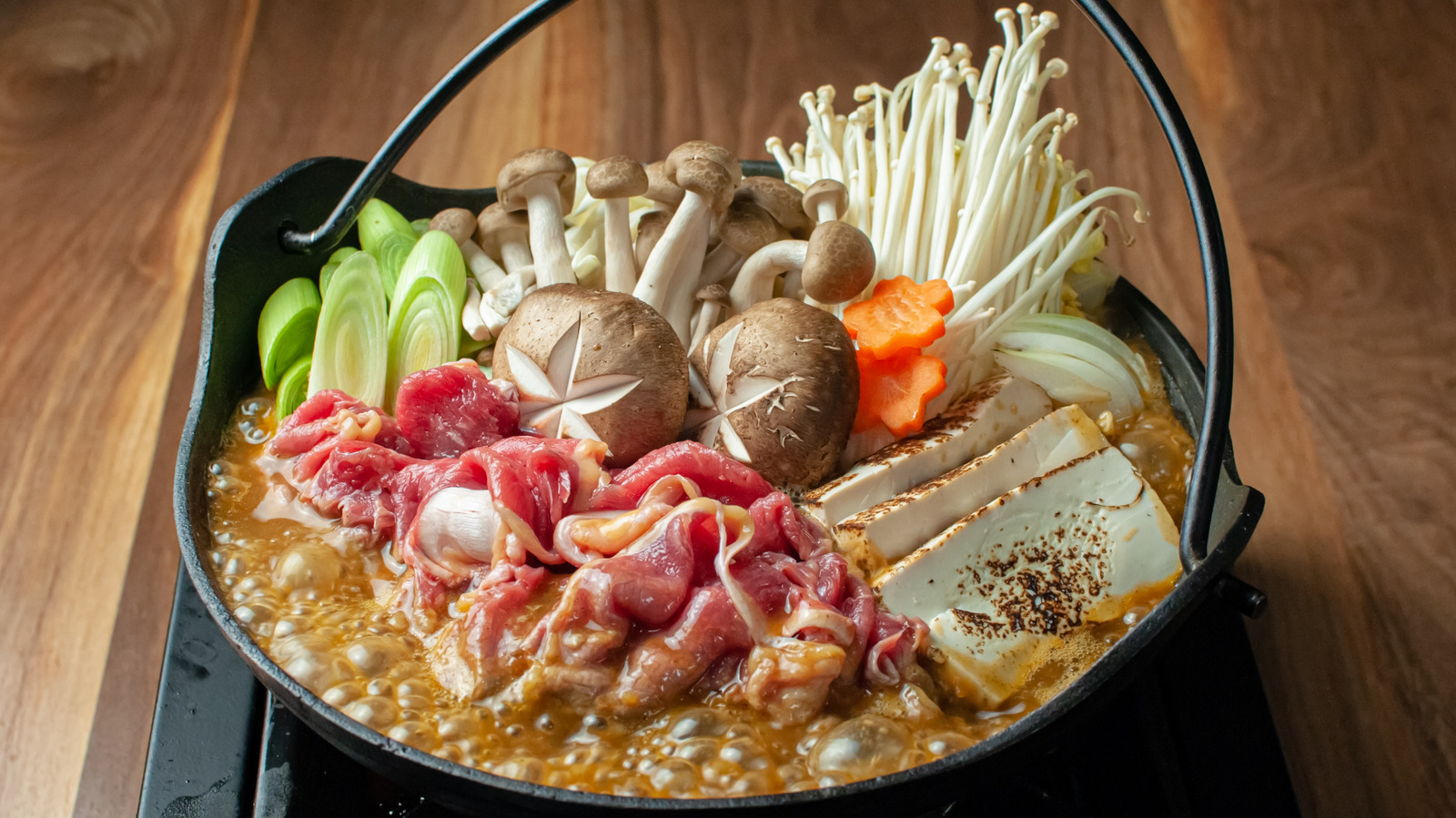

Articles
What Is Japanese Hot Pot
Modified: January 6, 2024
Discover the delicious tradition of Japanese hot pot in this informative article. Learn about the different types of hot pot, ingredients, and how to make your own at home.
(Many of the links in this article redirect to a specific reviewed product. Your purchase of these products through affiliate links helps to generate commission for Storables.com, at no extra cost. Learn more)
Introduction
Japanese hot pot, also known as nabe, is a heartwarming and comforting dish that has been enjoyed for centuries in Japan. It is a versatile and customizable meal that brings people together, especially during the winter months when the temperatures drop.
The concept of hot pot is not exclusive to Japan, as it is popular in various Asian countries under different names such as shabu-shabu in Japan, sukiyaki in Japan, and hot pot in China. However, what sets Japanese hot pot apart is the attention to detail in preparation, the emphasis on high-quality ingredients, and the rich cultural traditions associated with its consumption.
The history of Japanese hot pot dates back to ancient times, where it was primarily used as a means of cooking and preserving food during the winter. It was a communal meal where families and friends gathered around a simmering pot, sharing stories and enjoying the warmth it provided.
Over the years, Japanese hot pot has evolved and diversified, with different regions having their own unique variations. Each variation showcases the distinct flavors and ingredients of the specific region, making hot pot a truly regional culinary delight.
Nowadays, Japanese hot pot is not only enjoyed at home but is also available in many specialty restaurants throughout Japan and around the world. It has gained popularity due to its interactive and communal nature, where diners can enjoy cooking their own food at the table and customize their hot pot experience.
In this article, we will explore the history, types, ingredients, preparation methods, popular dishes, etiquette, and health benefits of Japanese hot pot. Get ready to dive into the world of comforting and flavorsome hot pot!
Key Takeaways:
- Japanese hot pot, or nabe, is a versatile and customizable dish with a rich history and diverse regional variations, offering a heartwarming and communal dining experience.
- Enjoying Japanese hot pot not only provides a delightful culinary experience but also offers numerous health benefits, promoting social connection and overall well-being.
Read also: 14 Best Japanese Hot Pot for 2024
History of Japanese Hot Pot
The history of Japanese hot pot, or nabe, can be traced back centuries ago to ancient Japan. It was a method of cooking and preserving food during the cold winter months, when fresh ingredients were scarce. The communal aspect of hot pot also made it a popular dish for gatherings and celebrations.
Hot pot was initially introduced to Japan from China during the Nara period (710-794). It was inspired by the Chinese dish known as “shuan yang rou,” which involved cooking thinly sliced lamb in a simmering pot. However, as hot pot became more popular in Japan, it evolved to incorporate local ingredients and flavors.
During the Edo period (1603-1868), hot pot became a staple dish in Japanese households. It was enjoyed by people from all social classes, as it was an affordable and efficient way to feed a group of people. Various regions in Japan developed their own unique styles of hot pot, showcasing local ingredients and culinary traditions.
One of the most well-known variations of Japanese hot pot is sukiyaki. It originated in the Kanto region and gained popularity during the Meiji period (1868-1912). Sukiyaki features thinly sliced beef, tofu, vegetables, and noodles cooked in a sweet and savory soy-based broth. It is typically enjoyed by dipping the cooked ingredients in raw beaten egg, adding an additional layer of richness and flavor.
Another popular hot pot style is shabu-shabu, which originated in Osaka and became popular nationwide during the Showa period (1926-1989). Shabu-shabu is characterized by thinly sliced beef or pork, along with an assortment of vegetables and noodles, cooked in a bubbling pot of savory broth. The name “shabu-shabu” is derived from the sound of swishing the ingredients in the boiling broth as they cook.
In recent years, Japanese hot pot has gained international recognition and is enjoyed by food lovers around the world. It has become a symbol of Japanese comfort cuisine and is often associated with gatherings, sharing, and warmth.
The history of Japanese hot pot is not just about the dish itself, but also the cultural significance and traditions that surround it. From the ancient practice of sharing a communal meal to the modern-day experience of cooking and eating together, hot pot continues to bring joy and connection to people’s lives.
Different Types of Japanese Hot Pot
Japanese hot pot, or nabe, comes in a variety of styles and flavors, each with its own unique characteristics. Here are some of the most popular types of Japanese hot pot:
- Sukiyaki: Sukiyaki is one of the most well-known and beloved types of Japanese hot pot. It is characterized by thinly sliced beef, tofu, vegetables, and noodles cooked in a sweet and savory soy-based broth. The cooked ingredients are often dipped in raw beaten egg before eating, adding extra richness to the dish.
- Shabu-Shabu: Shabu-shabu is a style of hot pot that originated in Osaka and gained popularity throughout Japan. It involves cooking thinly sliced beef or pork, along with an assortment of vegetables and noodles, in a bubbling pot of savory broth. The name “shabu-shabu” comes from the swishing sound made when the ingredients are dipped in the broth and cooked.
- Yosenabe: Yosenabe is a versatile hot pot that can be customized with a variety of ingredients. It typically includes seafood such as shrimp, clams, and fish, along with an assortment of vegetables, tofu, and noodles. The broth used in yosenabe can vary from a simple dashi (Japanese soup stock) to a more complex miso-based broth.
- Mizutaki: Mizutaki is a specialty hot pot from the Kyushu region of Japan. It features chicken as the main ingredient, along with an array of vegetables such as cabbage, mushrooms, and green onions. The broth is light and flavorful, often made with kombu (kelp) and chicken stock.
- Sakura Nabe: Sakura nabe, or cherry blossom hot pot, is a seasonal hot pot that is enjoyed during springtime in Japan. It is made with a delicate broth infused with cherry blossom leaves and features ingredients such as thinly sliced pork, tofu, vegetables, and spring mushrooms.
These are just a few examples of the many types of Japanese hot pot available. Each style showcases different ingredients, flavors, and regional influences. Whether you prefer a sweet and savory sukiyaki or a lively shabu-shabu, there is a hot pot to satisfy every palate.
Ingredients Used in Japanese Hot Pot
Japanese hot pot, or nabe, is known for its wide variety of fresh and flavorful ingredients. Here are some common ingredients used in Japanese hot pot:
- Meat: Various types of meat can be used in hot pot, including thinly sliced beef, pork, chicken, and even seafood such as shrimp or squid. The meat is often sliced thinly to ensure quick and even cooking.
- Vegetables: Vegetables play a crucial role in Japanese hot pot, providing vibrant colors, textures, and flavors. Common vegetables used include napa cabbage, mushrooms (such as shiitake, enoki, and shimeji), carrots, daikon radish, green onions, and spinach. These vegetables add nutritional value and a refreshing taste to the dish.
- Tofu: Tofu is a staple ingredient in Japanese hot pot, providing a source of protein for vegetarians and adding a smooth and silky texture to the broth. It can be enjoyed in different forms, such as firm tofu for a hearty bite or silky tofu for a delicate mouthfeel.
- Noodles: Noodles are commonly added to hot pot to make the meal more substantial and satisfying. Popular choices include udon noodles, which are thick and chewy, and vermicelli noodles, which are thin and delicate. These noodles soak up the flavors of the broth and add a comforting element to the dish.
- Broth: The broth is the foundation of Japanese hot pot, providing the base flavor for the ingredients. There are various types of broths used, such as dashi, a traditional Japanese soup stock made from kombu (kelp) and bonito flakes. Miso-based broths, made with fermented soybean paste, are also common and add a rich and savory flavor to the hot pot.
- Sauces and Dips: To enhance the flavors of the cooked ingredients, Japanese hot pot often includes a variety of sauces and dips. Ponzu sauce, a tangy citrus-based sauce, is commonly used for dipping meat and vegetables. Other condiments include sesame sauce, spicy miso, and raw beaten egg, which can be used to dip the cooked ingredients.
The beauty of Japanese hot pot is the ability to customize the ingredients according to personal preference. Whether you prefer a meat-heavy hot pot or a vegetable-centric one, there are endless possibilities to create a delicious and satisfying meal.
Preparation and Cooking Methods
Preparing and cooking Japanese hot pot involves several steps to ensure a delicious and enjoyable dining experience. Here is an overview of the preparation and cooking methods:
- Preparation of Ingredients: Start by slicing the meat (such as beef or pork) and vegetables into thin pieces. This allows for quick and even cooking in the hot pot. Arrange the ingredients on a plate for easy access during the meal.
- Preparing the Broth: The broth is a vital component of the hot pot. Depending on the chosen style, prepare the broth using dashi (a Japanese soup stock), miso paste, or other flavorings. Simmer the broth in a large pot or individual serving pots to infuse it with all the aromas and flavors.
- Cooking the Ingredients: Bring the hot pot to a gentle simmer or boil. Add the meat, vegetables, and other ingredients to the bubbling broth. It’s customary to cook the ingredients in small batches, allowing everyone to enjoy the process of cooking their own food at the table.
- Timing and Assembly: Each ingredient requires a different cooking time. Start with the ingredients that take longer to cook, such as root vegetables or tougher cuts of meat. Add more delicate ingredients, such as leafy greens or seafood, towards the end to prevent overcooking. Dip the cooked ingredients in various sauces and dips before eating to enhance the flavors.
- Serving and Enjoyment: Once the ingredients are cooked to perfection, it’s time to enjoy the hot pot. Each diner can help themselves to the cooked ingredients using chopsticks or a small strainer, along with a bowl of rice or noodles on the side. The warm and flavorful broth can be enjoyed as a soup after finishing the contents of the hot pot.
Japanese hot pot is not just about the food but also the experience of coming together to cook and share a meal. The interactive nature of the cooking process creates a sense of togetherness and enjoyment.
Remember to keep an eye on the heat and adjust it as needed to maintain a gentle simmer. It’s important to cook the ingredients just until they are tender and flavorful without overcooking them.
With these preparation and cooking methods, you can create your own memorable and delicious Japanese hot pot experience!
When enjoying Japanese hot pot, be sure to try different dipping sauces like ponzu, goma, or sesame sauce to enhance the flavors of the ingredients.
Read more: What Is A Hot Pot?
Popular Japanese Hot Pot Dishes
Japanese hot pot, or nabe, offers a wide range of delicious and comforting dishes that are enjoyed by people of all ages. Here are some popular Japanese hot pot dishes:
- Sukiyaki: Sukiyaki is a classic and well-loved hot pot dish. Thinly sliced beef, tofu, vegetables like napa cabbage and mushrooms, and udon noodles are cooked in a sweet and savory soy-based broth. The cooked ingredients are usually dipped in raw beaten egg before eating, adding richness to the dish.
- Shabu-Shabu: Shabu-shabu is another beloved hot pot dish that has gained popularity both in Japan and around the world. It involves cooking paper-thin slices of beef or pork, along with an assortment of vegetables, in a bubbling hot broth. Once cooked, the ingredients are typically dipped into a ponzu or sesame sauce before eating.
- Mizutaki: Mizutaki is a specialty hot pot dish from the Kyushu region of Japan. It features chicken as the main ingredient, along with an array of vegetables such as cabbage, mushrooms, and green onions. The broth is light yet flavorful, and the cooked ingredients are enjoyed as is or dipped in a ponzu or sesame sauce.
- Chanko Nabe: Chanko nabe is a hearty and filling hot pot that is traditionally enjoyed by sumo wrestlers in Japan. It is packed with protein and vegetables and is known for its high nutritional value. Ingredients such as chicken, tofu, vegetables, and seafood are cooked in a soy-based broth, creating a nourishing and satisfying meal.
- Yosenabe: Yosenabe is a versatile hot pot that allows for customization with various ingredients. It typically includes a combination of seafood like shrimp, clams, and fish, along with a variety of vegetables, tofu, and noodles. The broth can be either a simple dashi or a more flavorful miso-based broth.
These are just a few examples of the many delicious hot pot dishes available in Japanese cuisine. Each dish is unique in its flavors, ingredients, and regional influences. Hot pot is a versatile culinary experience that can be adapted to personal tastes and dietary preferences.
Whether you prefer the comforting and rich flavors of sukiyaki or the interactive experience of shabu-shabu, exploring the world of Japanese hot pot is sure to delight your taste buds and bring warmth to your soul.
Etiquette and Traditions Surrounding Japanese Hot Pot
Japanese hot pot, or nabe, is not just about the food itself but also about the etiquette and traditions that surround the dining experience. Here are some important aspects of etiquette when enjoying Japanese hot pot:
- Sharing and Communal Dining: Hot pot is a communal meal in which everyone gathers around the pot to cook and enjoy the food together. It is a time for sharing and connection, so it’s important to be mindful of others and engage in conversation and interaction while enjoying the meal.
- Order of Ingredients: When cooking hot pot, there is usually an order in which ingredients are added to the pot. Start with ingredients that take longer to cook, such as root vegetables and tougher cuts of meat. Add delicate ingredients like leafy greens and seafood towards the end to prevent overcooking.
- Dipping Sauces: Japanese hot pot often involves dipping the cooked ingredients in various sauces for added flavor. Use the provided small dishes to create your own dipping sauce by mixing soy sauce, ponzu, sesame sauce, or other condiments according to your taste. Be mindful not to double-dip the sauce after it has come into contact with cooked ingredients.
- Sharing the Broth: Towards the end of the hot pot meal, the broth becomes flavorful and rich from all the cooked ingredients. It is customary to drink the broth or make a small bowl of soup with the remaining liquid. This is considered a delicious and comforting way to end the meal.
- Respecting the Cook: If you are a guest dining at someone’s home and they are preparing the hot pot, it is customary to show appreciation and gratitude for their efforts. Compliment the host on the delicious food, offer to help with serving or cleaning up, and express gratitude for their hospitality.
In addition to etiquette, Japanese hot pot is often associated with certain cultural traditions and events. For example, during the spring season, sakura nabe, or cherry blossom hot pot, is enjoyed as a symbol of the arrival of cherry blossoms. This dish incorporates cherry blossom leaves and is a way to celebrate the beauty of nature in Japan.
Remember that etiquette and traditions may vary slightly depending on the region and household. When in doubt, observing and following the lead of your hosts or dining companions is always a good practice to show respect and appreciation.
By embracing the etiquette and traditions surrounding Japanese hot pot, you can enhance your dining experience and fully immerse yourself in the richness of Japanese culinary culture.
Health Benefits of Japanese Hot Pot
Japanese hot pot, or nabe, not only offers a delightful dining experience but also provides several health benefits. Here are some of the health benefits of enjoying Japanese hot pot:
- Nutrient-Rich Ingredients: Japanese hot pot often includes a variety of fresh vegetables, lean meats, seafood, and tofu. These ingredients are rich in essential nutrients, vitamins, and minerals that contribute to a well-balanced diet.
- Low-Fat Cooking Method: Hot pot is a relatively low-fat cooking method as it involves boiling or simmering the ingredients in a flavorful broth. Excess fat from meats or oils is often skimmed off the surface of the broth, resulting in a healthier dish.
- Controlled Portion Sizes: Hot pot allows for portion control since each individual can choose and cook their own ingredients. This can help in managing portion sizes and avoiding overeating.
- Hydration: The flavorful broth used in hot pot encourages fluid intake, ensuring adequate hydration during the meal. This is particularly beneficial for those who may struggle to consume enough fluids throughout the day.
- Rich in Fiber: Vegetables and other plant-based ingredients used in hot pot are excellent sources of dietary fiber. Fiber aids in digestion, promotes satiety, and supports a healthy gut microbiome.
- Balance of Protein and Carbohydrates: Hot pot typically includes a combination of lean meats, seafood, and vegetables, providing a good balance of protein and carbohydrates. This balance helps to regulate blood sugar levels and provides sustained energy.
- Customizable for Dietary Needs: One of the great advantages of hot pot is its versatility. It can easily accommodate various dietary needs and preferences, such as vegetarian or gluten-free diets, by selecting appropriate ingredients and broths.
- Promotes Social Connection: Hot pot is often enjoyed in a communal setting, bringing people together to share a meal. The social aspect of dining can contribute to improved mental health and overall well-being.
The health benefits of Japanese hot pot extend beyond the nutritional value of the ingredients. The act of sitting together, cooking and sharing food, and engaging in conversation fosters a sense of togetherness and happiness, which can have a positive impact on overall health and happiness.
As with any meal, balance and moderation are key. While hot pot can be a nutritious and healthy choice, it is important to be mindful of portion sizes and the ingredients used to maintain a well-rounded diet.
So, the next time you enjoy a steaming bowl of Japanese hot pot, relish not only the flavors but also the health benefits it offers.
Conclusion
Japanese hot pot, or nabe, is a culinary experience that goes beyond just a meal. It is a beloved tradition that brings people together to share heartwarming moments and delicious food. From its rich history to the wide variety of flavors and ingredients, Japanese hot pot offers a versatile and customizable dining experience.
Throughout the centuries, hot pot has evolved and diversified, with different regions in Japan showcasing their unique styles and specialties. Sukiyaki, shabu-shabu, mizutaki, and many other variations provide a range of flavors and ingredients to cater to different tastes and preferences.
The health benefits of Japanese hot pot are another reason to embrace this culinary tradition. With its nutrient-rich ingredients, low-fat cooking method, and customizable options, hot pot can fit into a balanced and healthy diet.
But beyond the nutritional aspects, hot pot is about social connection. Gathering around a simmering pot, sharing stories, cooking together, and enjoying the flavors of each ingredient create a sense of togetherness and joy.
Whether you try Japanese hot pot in the comfort of your own home or immerse yourself in the hot pot culture during your travels in Japan, you are bound to discover the charm and warmth that this traditional dish brings.
So, grab your chopsticks, prepare your favorite ingredients, and savor the comforting and flavorful experience of Japanese hot pot. It’s more than just a meal – it’s a celebration of tradition, community, and the joy of good food.
Frequently Asked Questions about What Is Japanese Hot Pot
Was this page helpful?
At Storables.com, we guarantee accurate and reliable information. Our content, validated by Expert Board Contributors, is crafted following stringent Editorial Policies. We're committed to providing you with well-researched, expert-backed insights for all your informational needs.


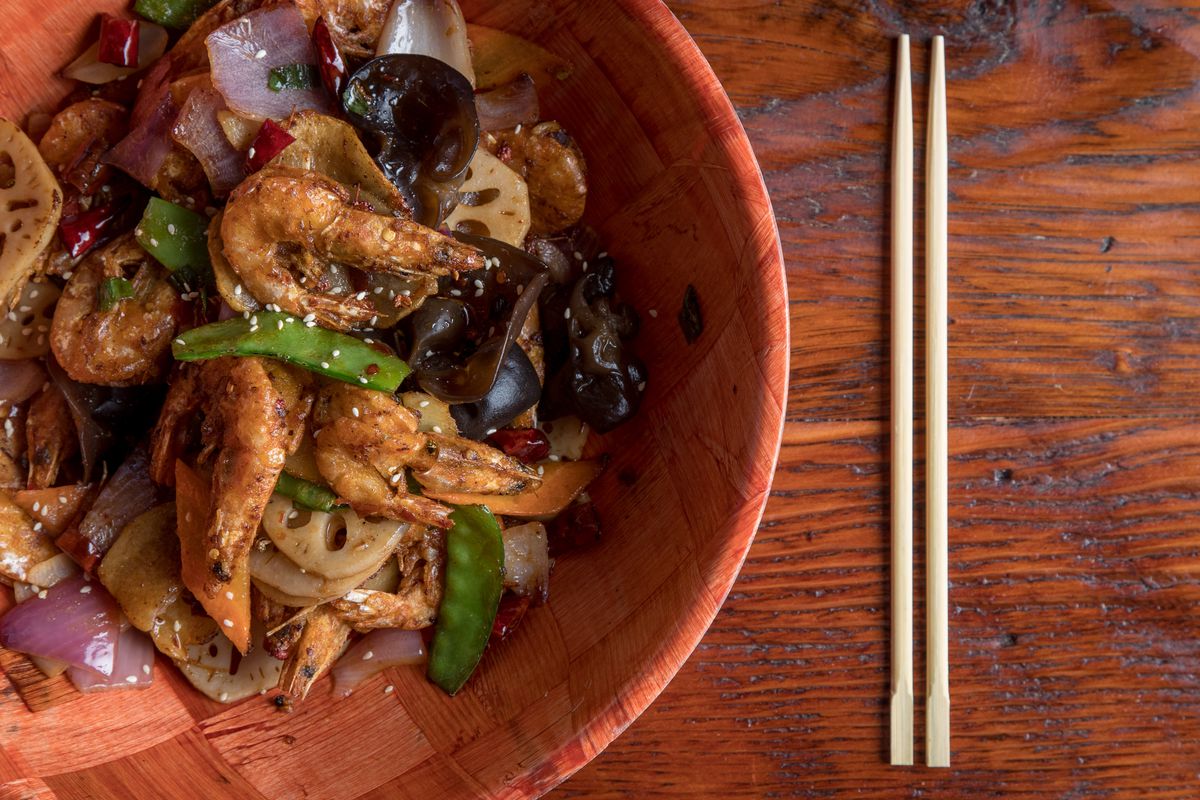
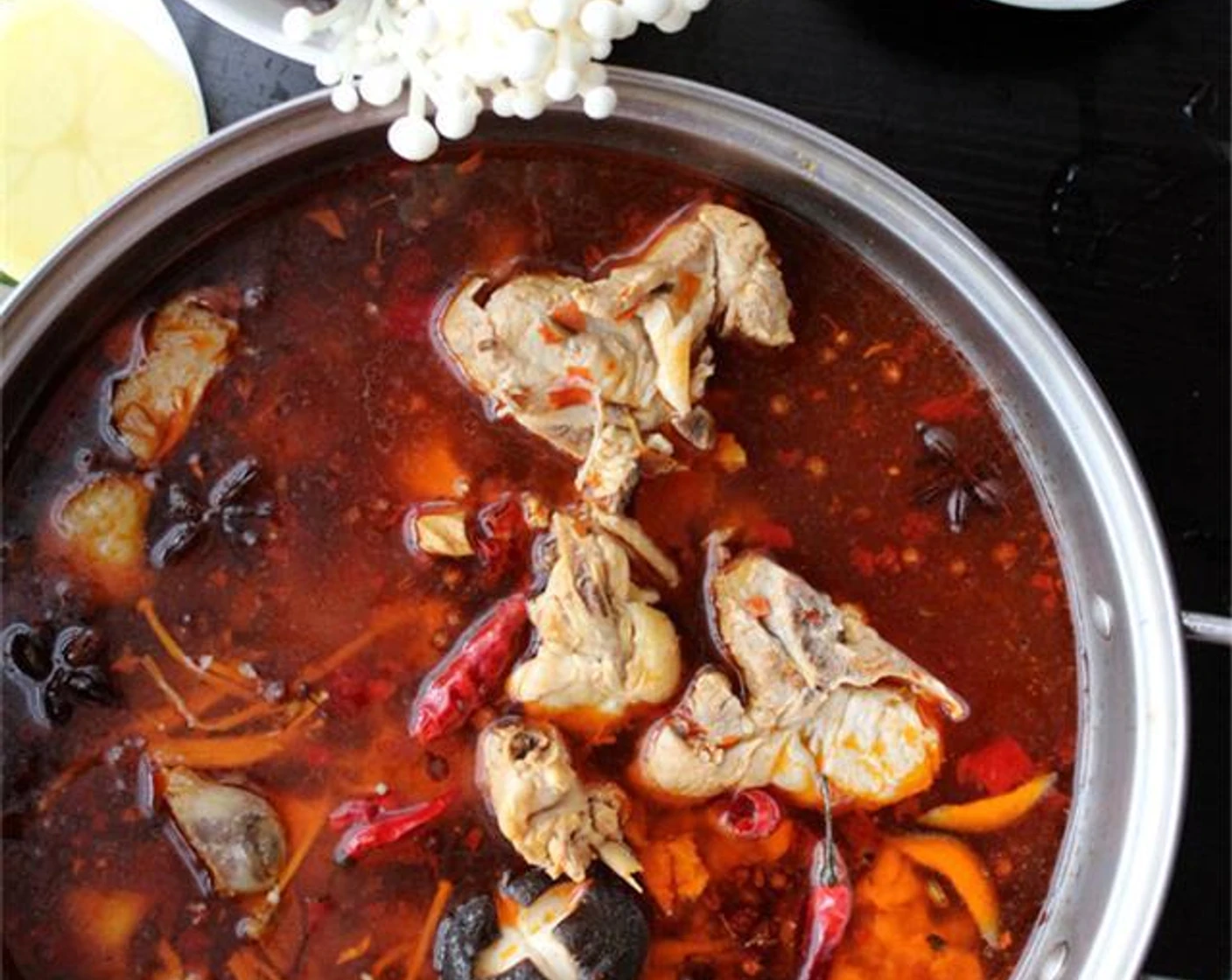
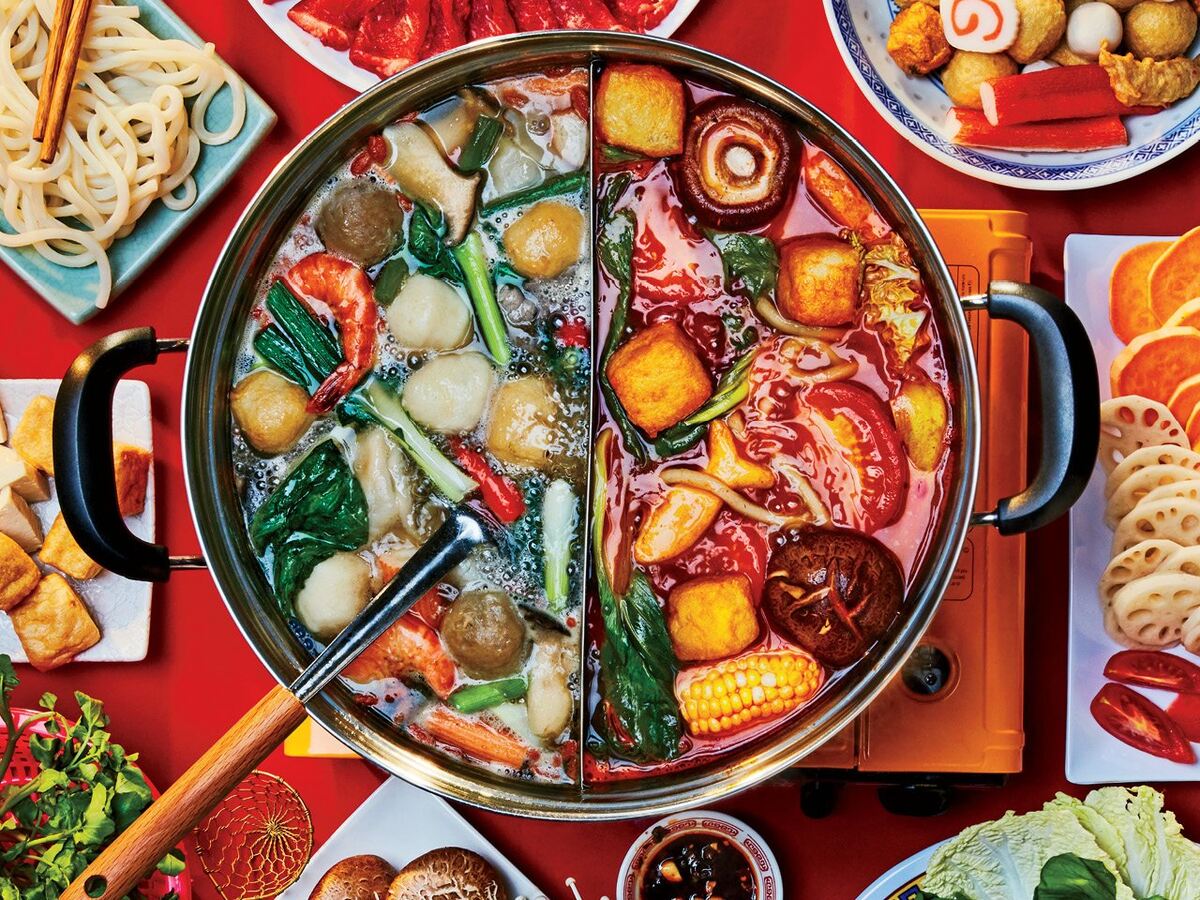
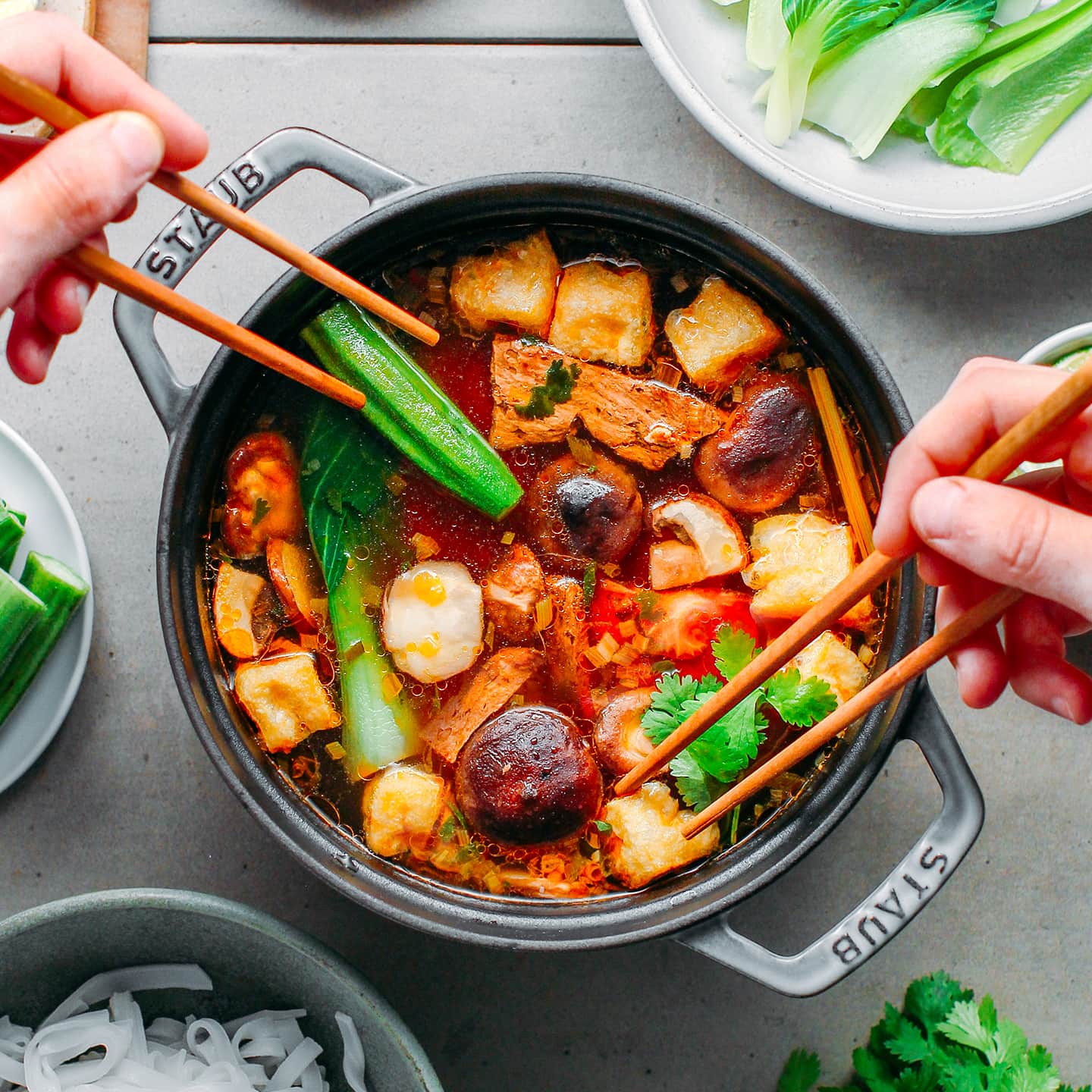
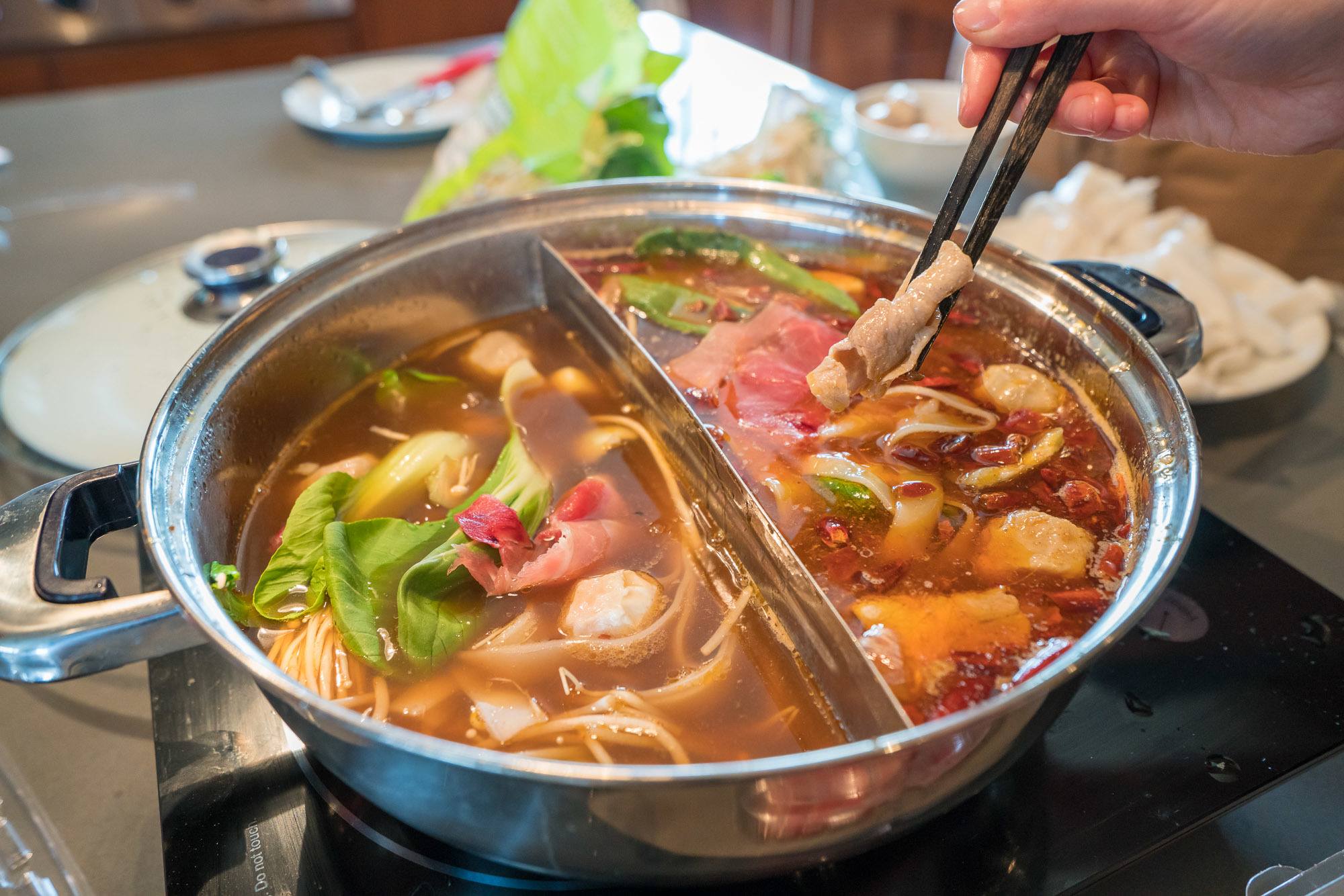
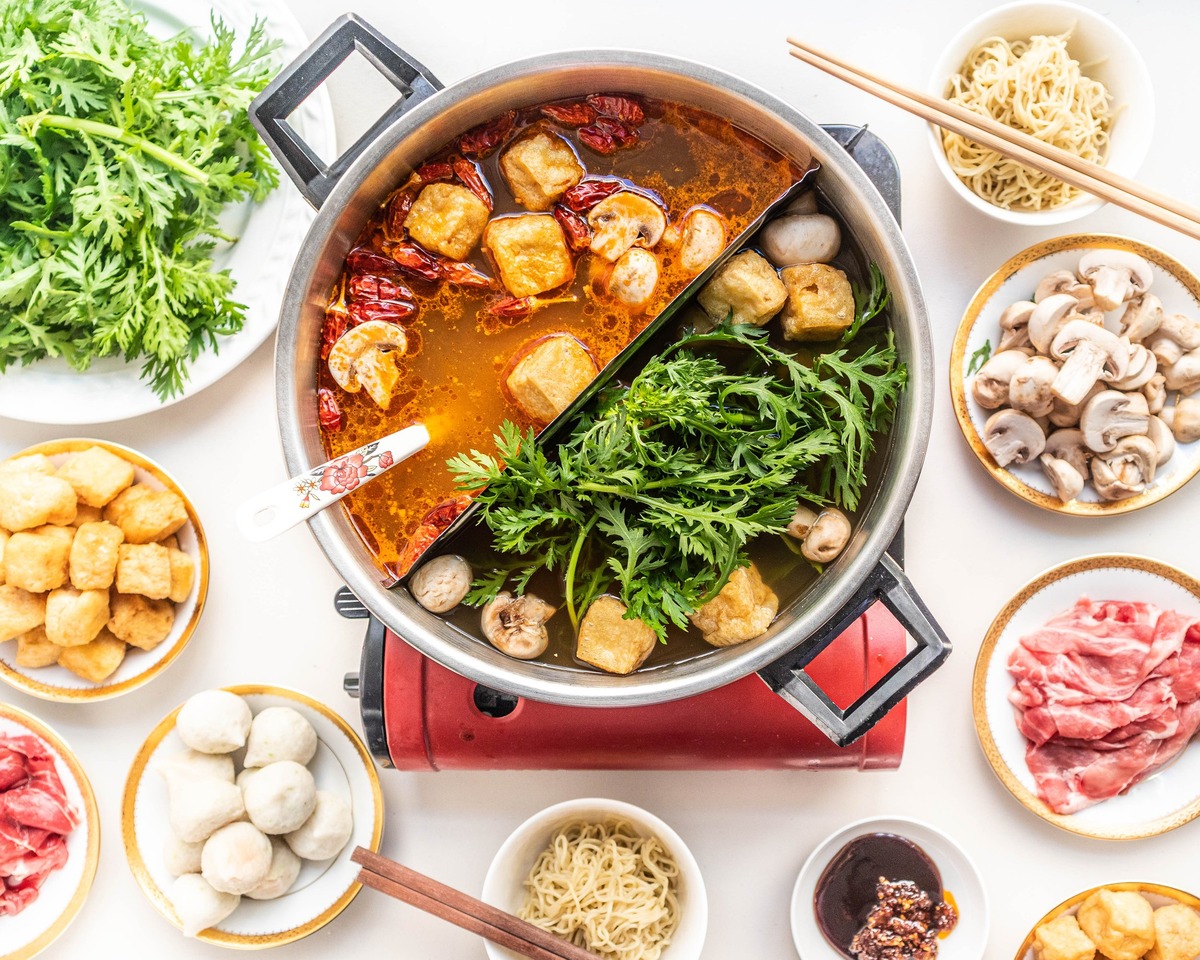
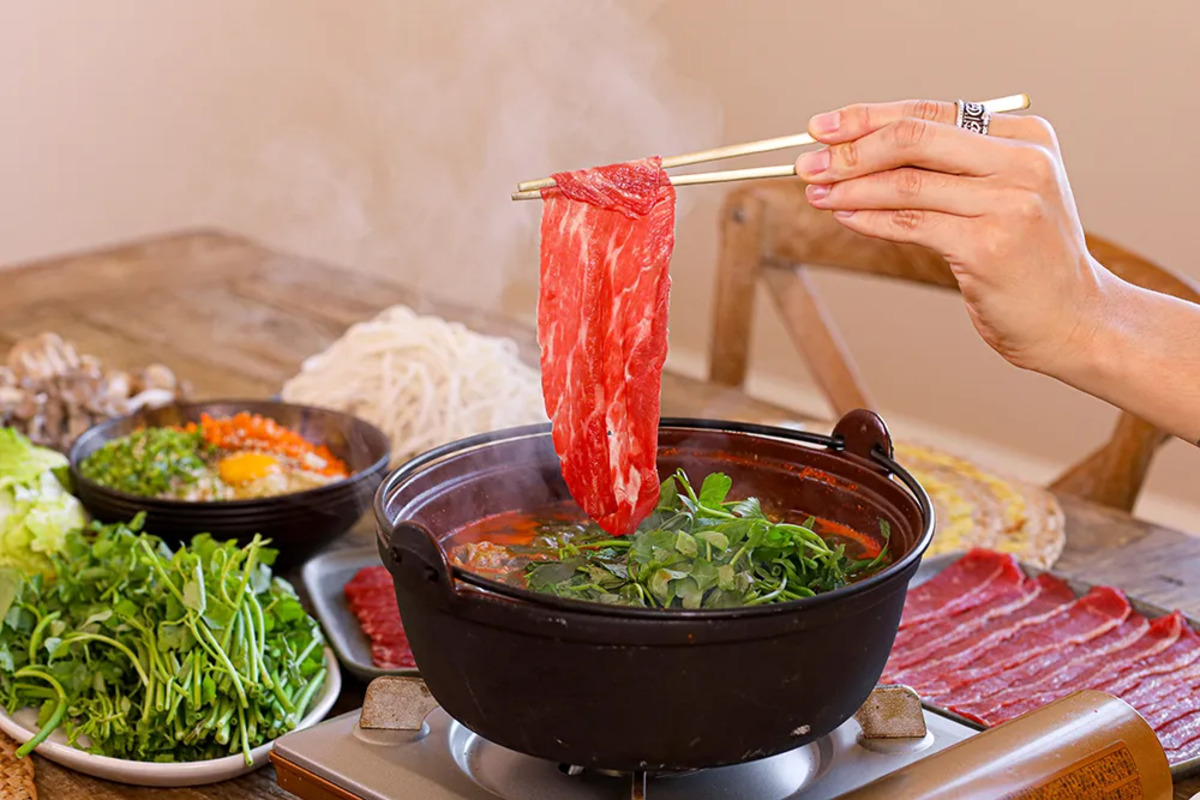
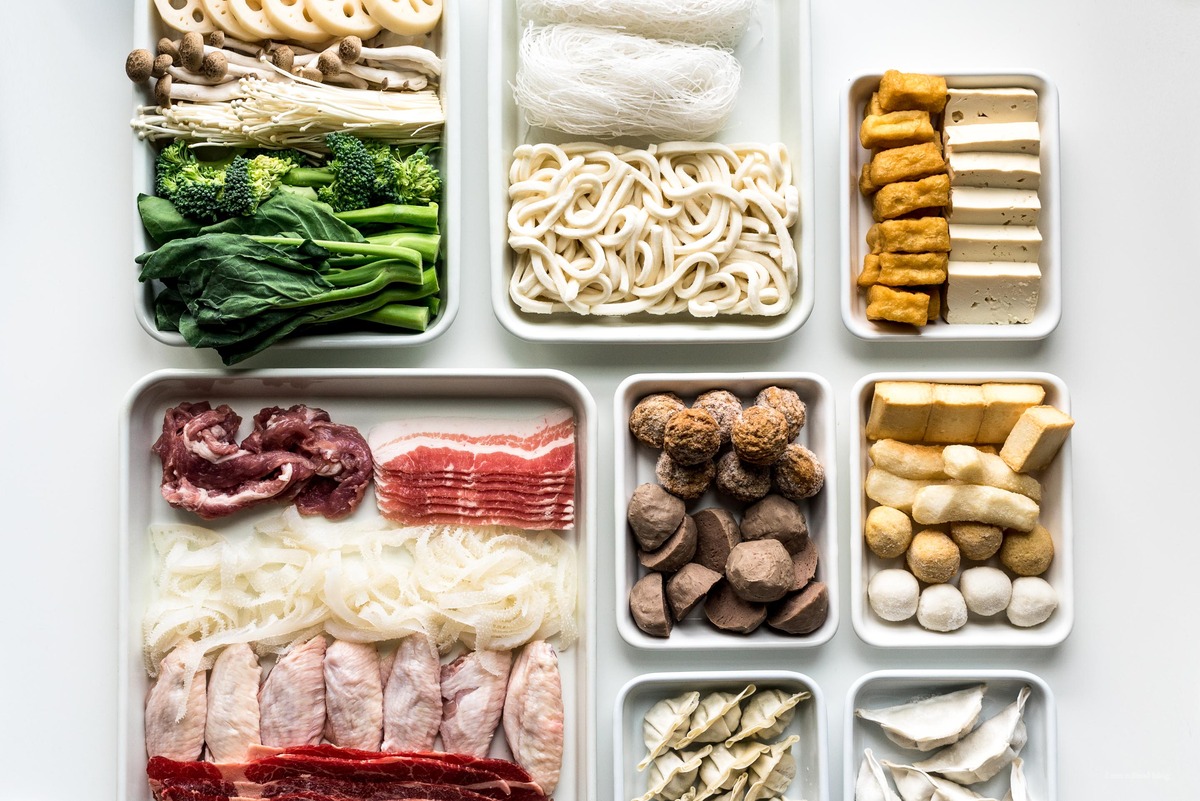
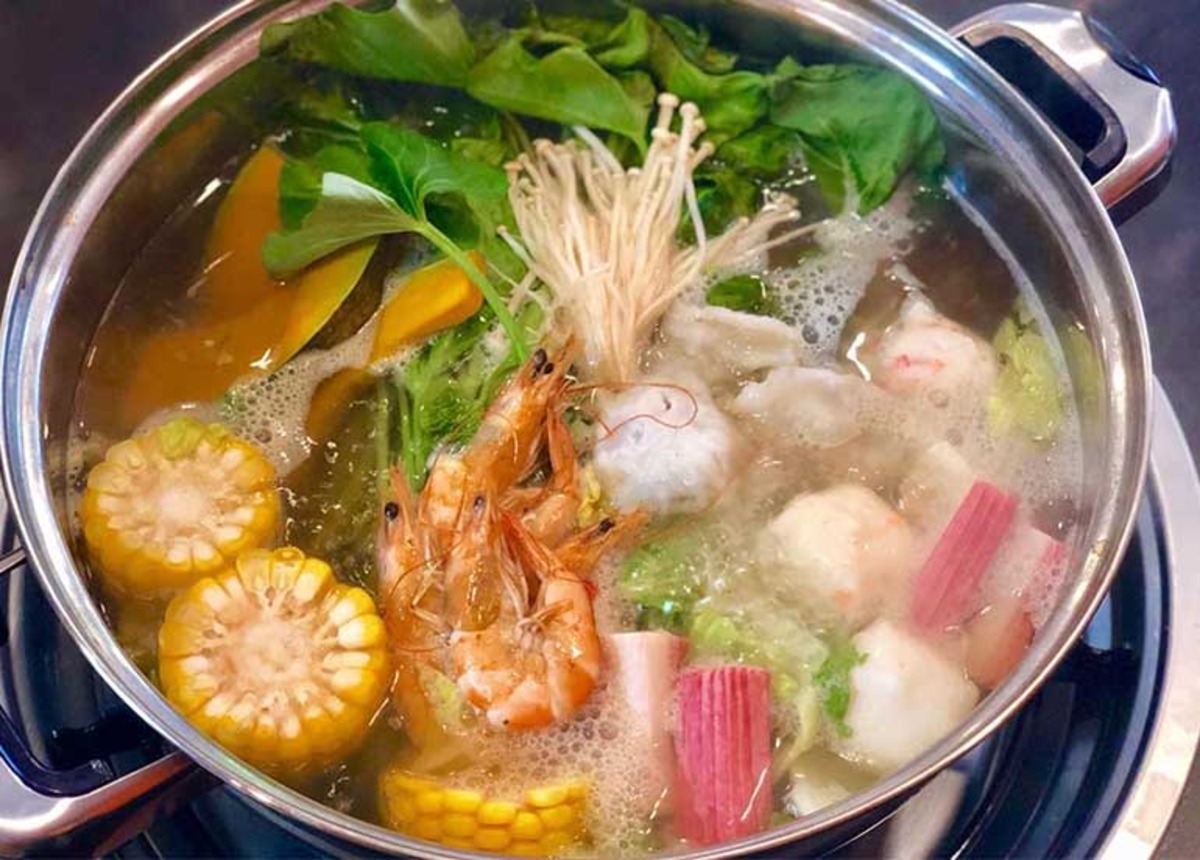
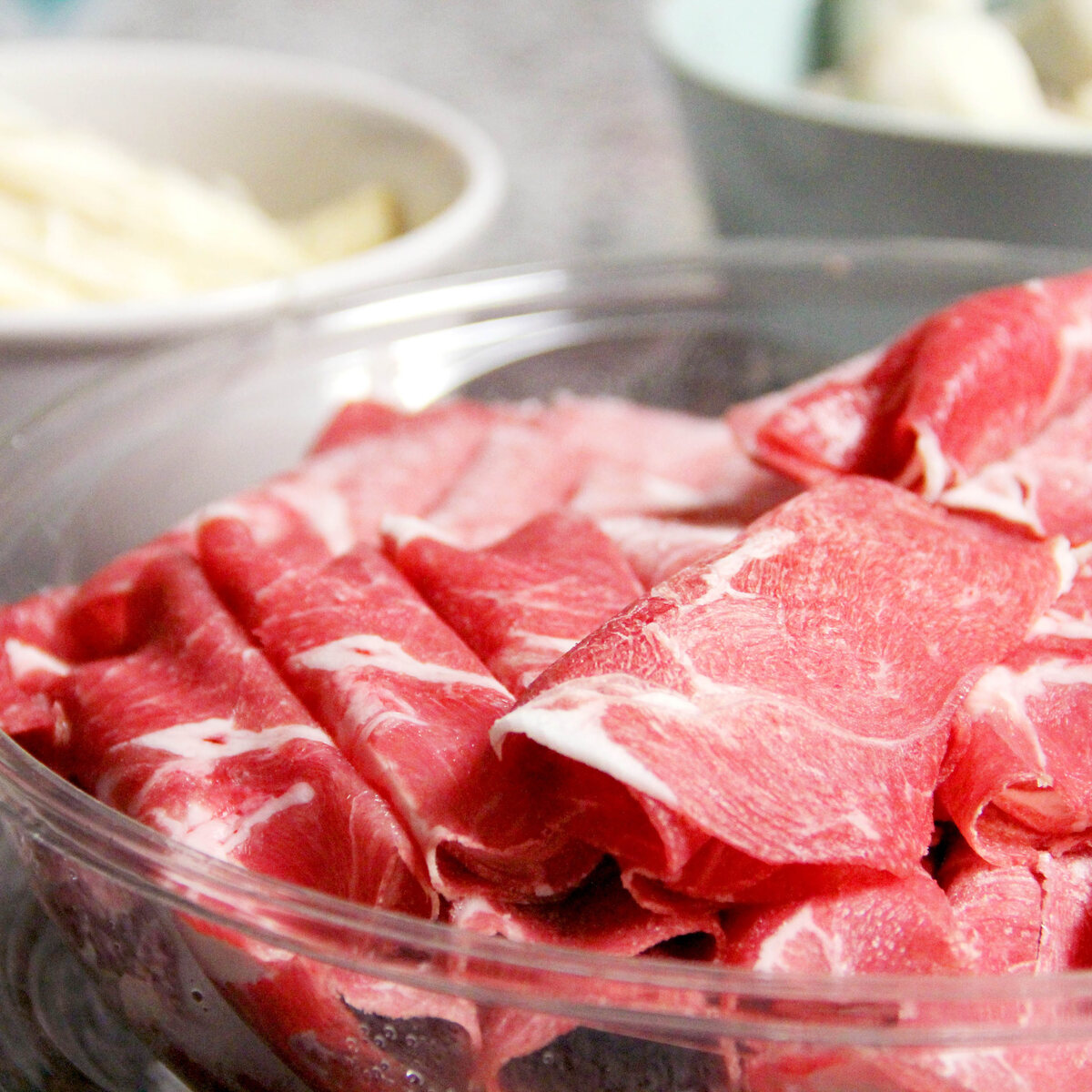
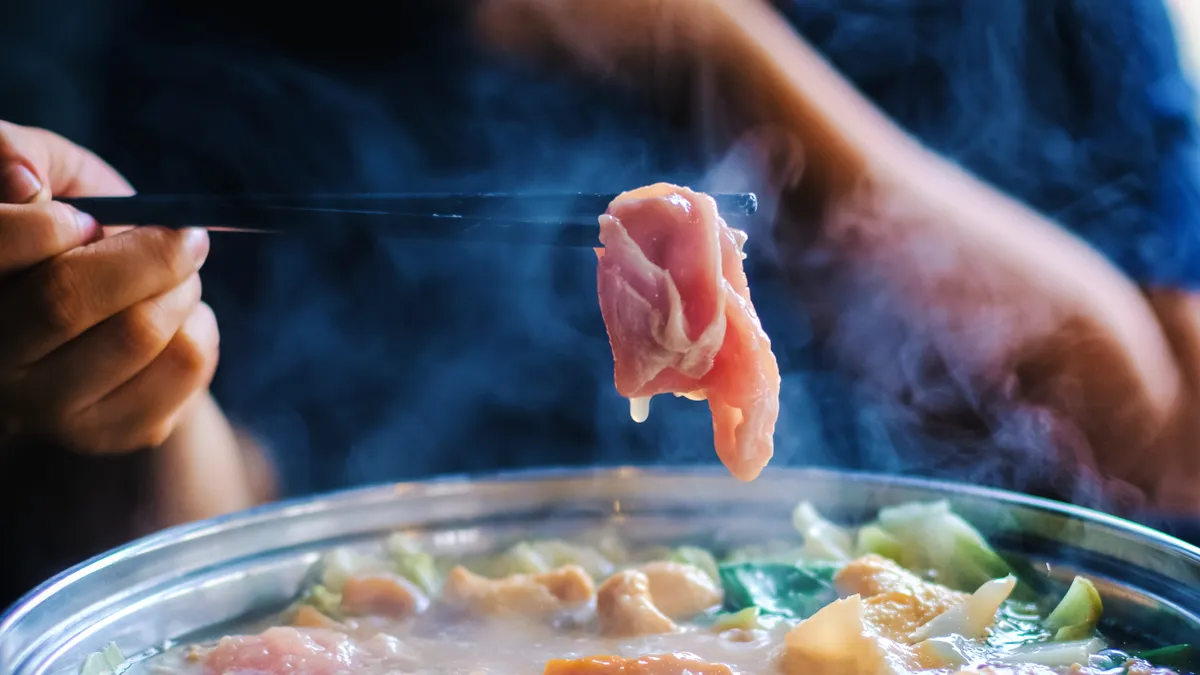
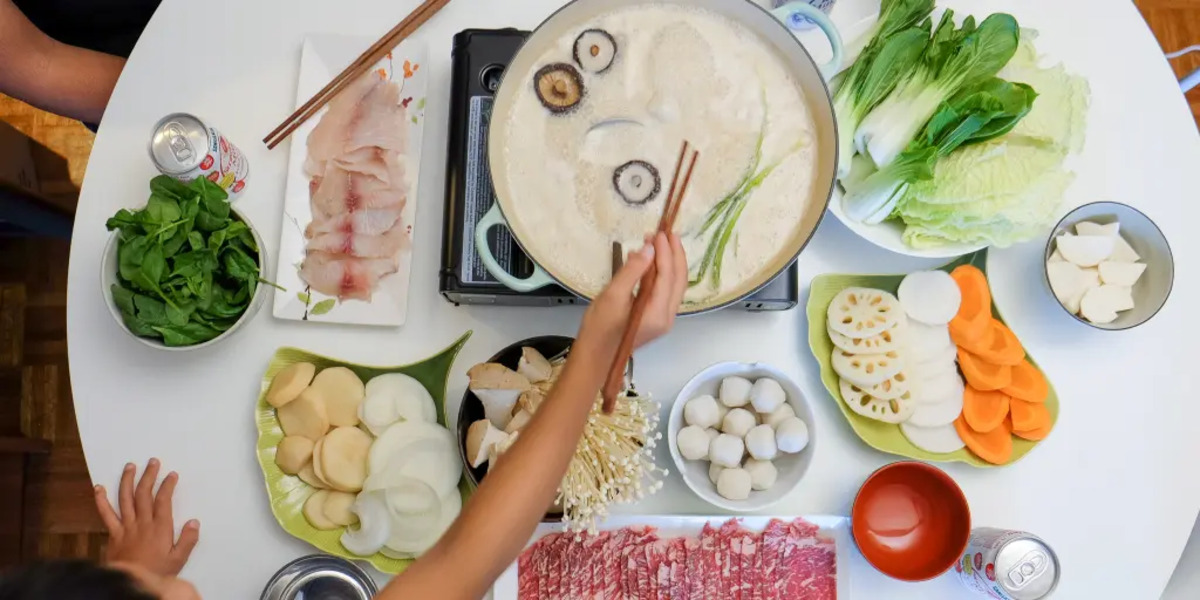

0 thoughts on “What Is Japanese Hot Pot”